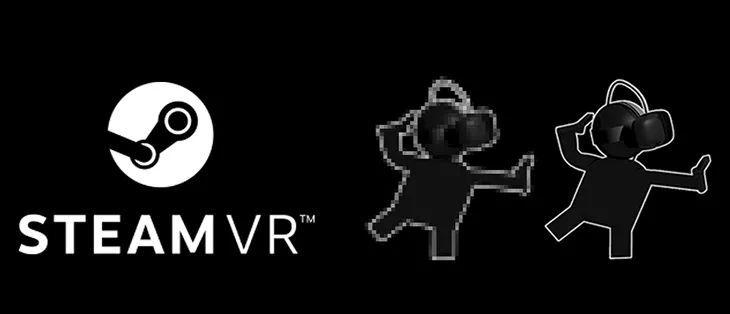
Produced | 93913 Media Center
Written by | Bigboom
Edited | William
Recently, the last Steam hardware and software survey report for 2021 was officially released. So, in the "closing battle" of 2021, how will the major VR brands finally perform in the consumer market? Let's first look at the data -
The data shows that vr users account for 1.93% (+0.09%) of the total users of the Steam platform. In several camps, thanks to the excellent performance of Quest 2, Meta has won more than 60% of the share; Valve continues to firmly occupy the second position with an Index product; HTC, although Vive Pro, Vive Cosmos and Vive Pro 2 have risen, but by the "drag" of the original Vive, the overall share has shrunk to 12.48%, a significant decrease from 16.27% in the same period last year.
Judging from the overall trend of the proportion of VR users on the Steam platform in 2021, 1.93% is much lower than the peak of 2.31%, but if it is compared with 1.09% in December 2019 and 1.63% in December 2020, we can still see a clear growth trend.
Specifically, 63.58% (+1.59%) came from Meta, and the most popular is still the "benchmark" VR all-in-one Quest 2, with the latest share as high as 39.62% (+3.30%); the discontinued Rift S, Rift and Quest have all fallen to varying degrees.
Valve Index's sales performance in recent times has been quite good – according to our statistics, it has entered the Top 10 of the Steam Weekly Sales List for several consecutive weeks and is relatively high. Despite this, the market share has fallen unexpectedly, with the latest share being 15.79% (-1.13%).
Compared with Meta, which has more than 60% of the shares, HTC, which was once highly expected by the industry, has further declined its share in the consumer VR field due to its inability to replicate the success of the original Vive through follow-up products. Of course, judging from the new products and strategies launched in the future, HTC has shifted its business focus to the To B market. However, this does not mean that HTC has given up the consumer market, the official release of ultra-short throw VR glasses in October last year - Vive Flow is a product for the C-end, but due to the high pricing (3888 yuan), the market feedback is general.
The Windows Mixed Reality (WMR) camp remains tepid, with the latest share at 5.69% (+0.10%).
Comprehensive from foreign media and industry chain breaking news, Apple MR headset and Sony PSVR 2 are expected to be launched this year, Meta is also likely to launch a new generation quest, with the listing of these highly anticipated ace products, the global XR market will undoubtedly usher in a new round of outbreak. In the "2021-2026 Consumer VR Headset and Content Revenue Forecast" recently released by independent analyst firm Omida, the number of active VR headsets will reach 35 million in 2022, the vast majority of which are VR all-in-ones.
It is worth mentioning that the market share of Pico and Xiaopai, the two local VR headset manufacturers, is on the rise, and the latest proportion is 0.36% and 0.38% respectively.